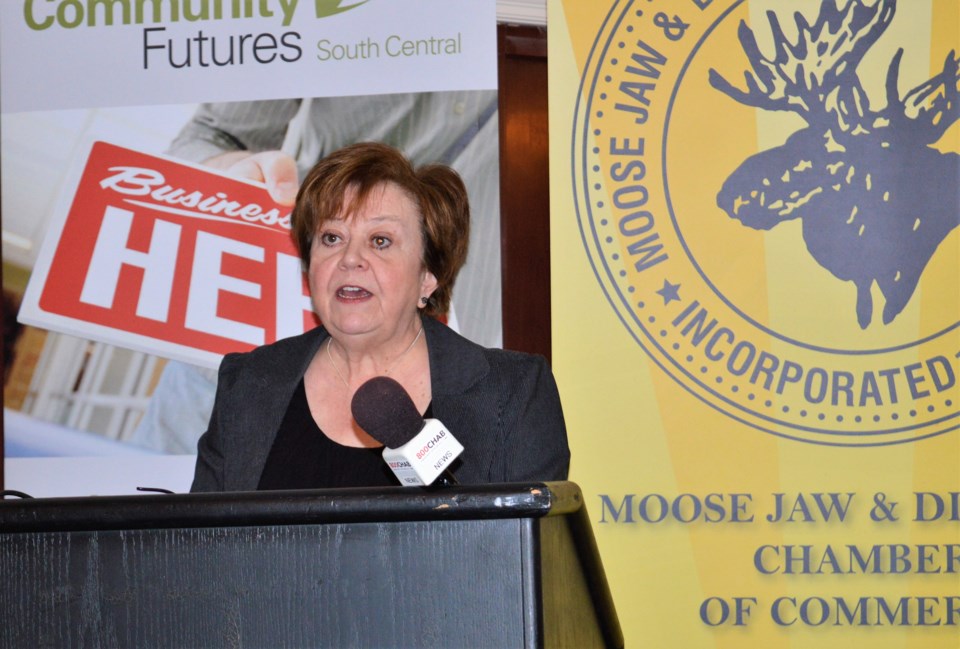The provincial government released the 2020-21 Mid-Year Report and deputy premier and finance minister Donna Harpauer says the data shows a lower deficit than anticipated.
The forecasted deficit is expected to total $2 billion, or $381.5 million lower than budgeted.
Revenue is projected at $14.2 billion, an increase of $503.5 million or 3.7 per cent from budget. The report credits this increase to higher federal transfers, Government Business Enterprise net income and non-renewable resource revenue.
A $41.2 million decrease in tax revenue is expected, as a result of the reduction in the small business tax rate.
Expenses are forecast to be $16.2 billion, an increase of $122 million or 0.8 per cent from budget. This is due to increases for the health, education, municipal and tourism sectors, as well as lower-than-budgeted pension and crop insurance claims expenses.
“As reflected in these latest forecasts, our government is managing the province’s finances carefully through the pandemic,” said Harpauer, in a press release. “The mid-year update also includes $260 million of contingencies to cushion against potential pandemic-related revenue and spending shocks over the remainder of the fiscal year.”
Expenses from election commitments by the Saskatchewan Party total $91.7 million, and a $160 million expense contingency is still in place.
Public debt and net debt are both down, according to the report, with Saskatchewan’s net debt-to-ratio is estimated to be 19.6 per cent — one of the lowest expected in Canada.
Saskatchewan also has the second-highest credit rating in Canada and had the lowest unemployment rate in the country in October, only slight down from pre-pandemic unemployment levels.
“Saskatchewan’s economy has performed better than originally anticipated in the June 2020 budget,” said Harpauer. “Real GDP is forecast to decline 5.0 per cent, compared to a decline of 6.3 per cent forecast at budget. Saskatchewan’s unemployment rate was the lowest in Canada in October and total employment, on an unadjusted basis, is nearing pre-pandemic levels. As a result, our planned path to balance in 2024-25 is unchanged.”




